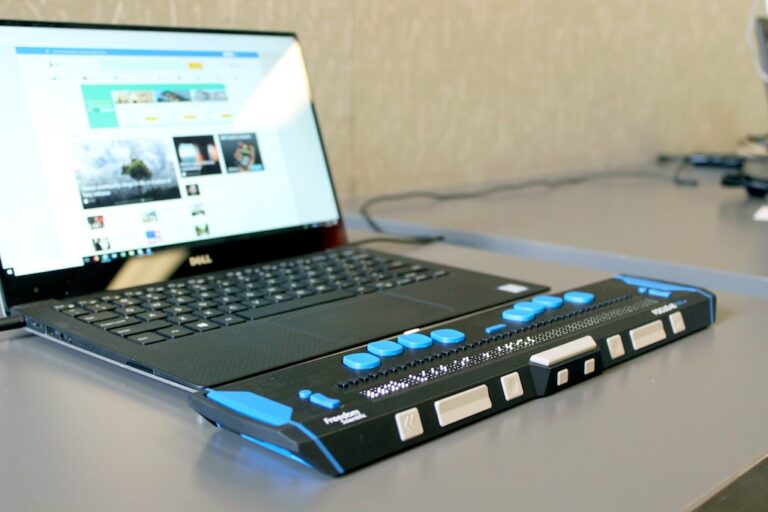
The Power of Online Accessibility: 8 Reasons Why Your Website Must Be Inclusive
In today’s digital world, the power of online accessibility is one of the most understated search engine optimisation (SEO) strategies, and here you will find
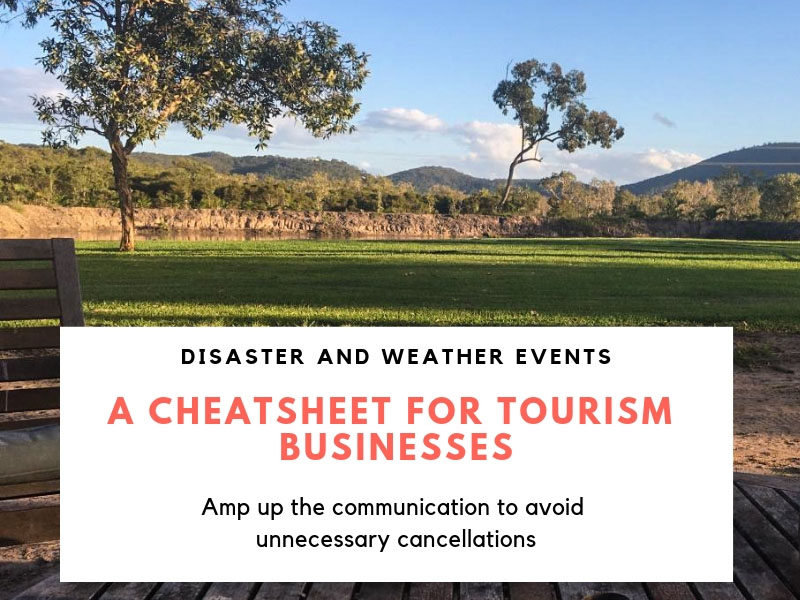
Over the last few months, the weather has thrown many curve balls to a number of tourism destinations in Australia. We all know that during such disasters, the media love to share all those ‘click bait’ images, videos and stories that sell newspapers and online media and ensure the disaster is messaged at its worst and most widespread. I still remember all my European friends ringing me during the Brisbane floods of 2011 as they had heard in the news that the whole of Queensland was underwater.
Before Christmas this year, we had extremely bad, unheard-of-for-central-Queensland bushfires, just outside Agnes Water & 1770, a peaceful coastal gem of a town that I am lucky to call home.
The bushfires were just 15 min outside of town and to the south, towards Bundaberg, and mainly affected Deepwater National Park and properties in Baffle Creek. It was a horrible time for the local Baffle Creek and surrounds residents, but Agnes Water & 1770 were safe at all times and the roads in and out of town were never shut.
Since I’ve been through it myself, wearing my local tourism association hat, I’ve seen first hand the negative effect of media beat up.
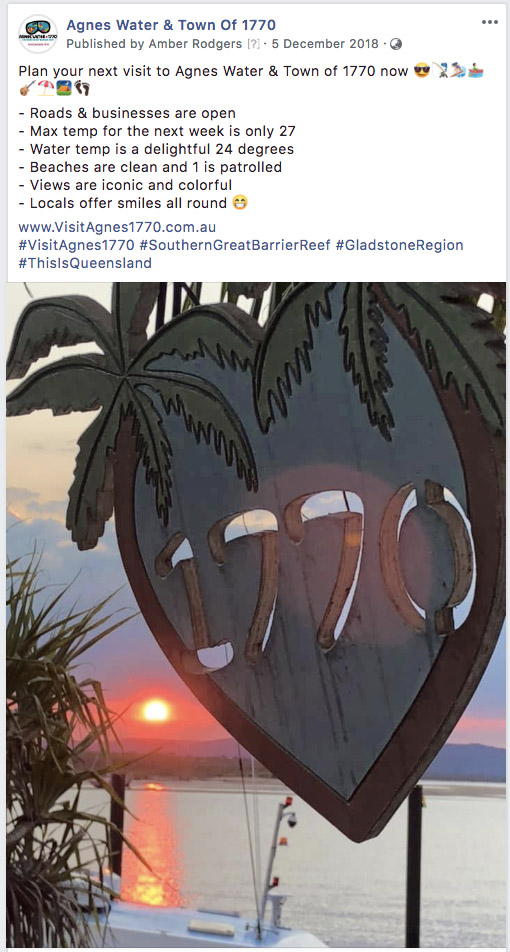
Whilst we worked extremely hard in our local tourism organisation to keep posting statements about the real facts, we wished we had prepared a ‘what to do’ cheat sheet for our local businesses to help everyone spread this truth to combat the messages spread, by not only the main media, but also busy-bodies posting to the many Facebook community pages. For instance, our main local Facebook community page (followed by twice as many people as our local population and many return visitors) was bleeding with horror stories, pictures of water-bombing planes and helicopters for days on end.
All this just before Christmas! As you can imagine, there were many cancellations, not only during the bushfire events, but many weeks after. Whilst accommodation providers did well hosting emergency services staff and volunteers, a lot of visitors cancelled due to the fear mongering on traditional and social media.
During the week of the bushfires in Agnes Water & 1770, businesses reported thousands of dollars worth of cancellations, including some caravan parks reporting up to 45% cancellations.
Guests said they cancelled for the following reasons:
In a perfect world, tourism businesses should have a “disaster communication plan” they just need to pull out of the drawer and follow. But we don’t live in a perfect world, so I’ve put together these few tips that will help balance the negative messages by the truth. Remember that in the online world the more authentic and reliable your stories, the more interesting they are to your audiences.
The most important thing here is to crank up the external communication from your business. Even if your voice is not going to be louder than the rest, you need to keep communicating, every day. You need to craft your own statement and put it out there. Your local tourism organisation will thank you – take my word for it – and re share a lot of your content to support their efforts.
Follow our five-step, simple process to get the real story and the specific facts to your audience.
Time: 10 min.
Write about what is really happening and where and position your business.
Be authentic, make it your point of view and address the facts. Think about why they would cancel and use these words in your statement.
For example, a tour business in Agnes Water during the surrounding bush fires could have put together something like this:
Part A
You may have heard that regions adjacent to Agnes Water & 1770 are being affected/ have been affected by bushfires. However, Agnes Water & 1770 has not been affected by the bush fires and all roads are open. Our business as well as our local businesses are open and ready to show you what our wonderful region has to offer. We talk to emergency services a number of times a day and will be continuing to update you during these events. There is no smoke in town today, the wind is blowing it to the West.
Part B
[insert selfie / photo with happy people in it, e.g. you and a guest in your business ]
Add the story that goes with the photo.
Add a paragraph or two about the positives about the situation (if possible of course).
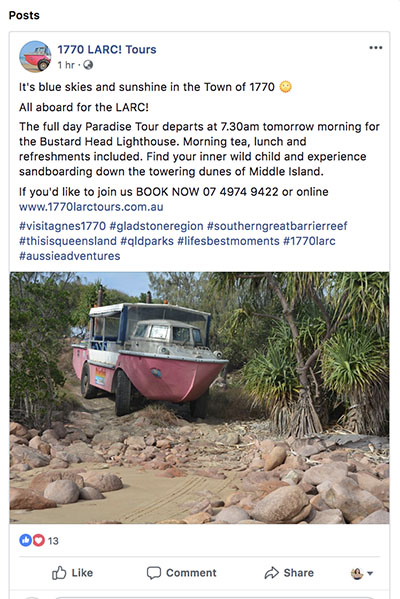
(this will take you 20 min)
Take the info from Step 1, paste it in the below areas
(10 min, provided you have got bulk email facility in your reservation/booking system)
Use Part A and B in step 1 to craft a short email to your upcoming guests (you should find all their contact details in your res system’s backend) and email them the information, pointing them to your social media channel for further updates.
Note: you may not be able to email people who’ve booked via third parties such as Booking.com but you may be able to contact them on the phone / text message.
Expand on Part A and B to craft a blog post. Follow our blog post cheatsheet for steps.
Send it to your local media and share in a post on your Facebook Page.
Continue the positive story – e.g. some of our local operators took photos of the regrowth in national parks.
Post those photos on social media but also don’t forget to create a newsletter to your email database… as only a small percentage of your social media posts are viewed by your audience.
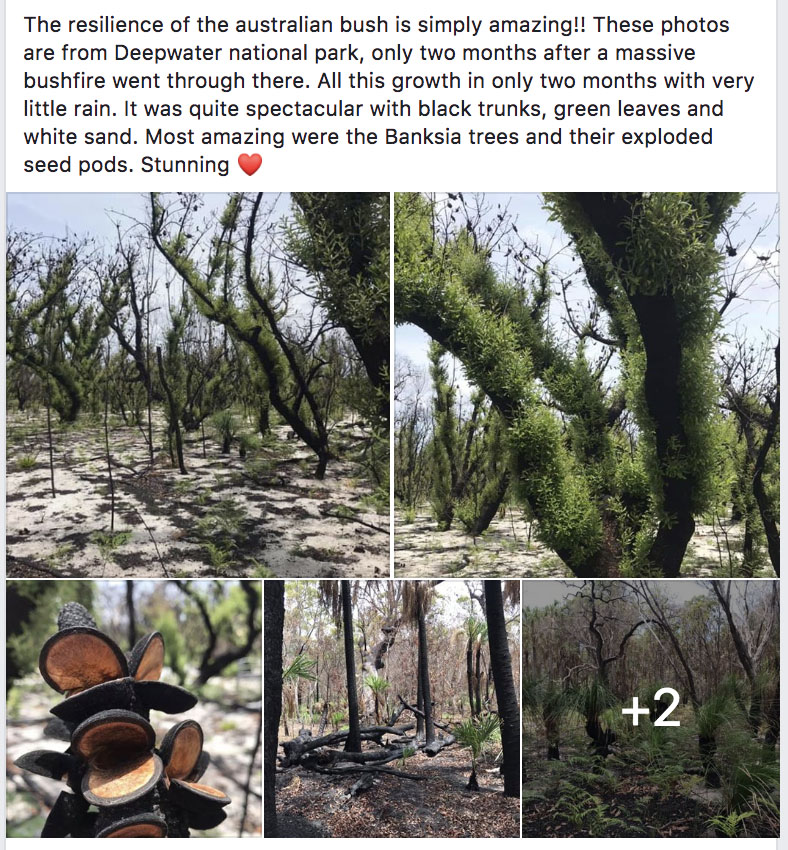
If you’d like handy tips about how to improve and grow your tourism business sign up to our tips & tricks as a casual (absolutely free) or join us as a financial member to access all our live monthly training for free.


In today’s digital world, the power of online accessibility is one of the most understated search engine optimisation (SEO) strategies, and here you will find

Are you looking for new ways to nurture website visitors and convert them into paying customers? In this blog post, we break down the steps for creating an effective lead magnet and provide tourism business examples to inspire your own strategy.

With a simple document and clearly laid out content bank, you will be able to build an effective plan of attack to create more content with purpose.